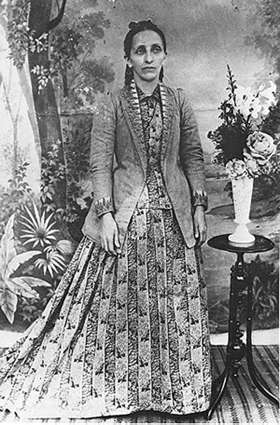
Bahiyyih Khanum
 Bahiyyih Khanum was Bahá’u’lláh’s daughter, the younger sister of Abdu’l Baha. She was only 6 when her family’s home in Tehran was ransacked and the family were sent across the snowbound mountains to Baghdad. It was the beginning of a life of in exile and imprisonment with Baha’u’llah and her fellow family members.
Bahiyyih Khanum was Bahá’u’lláh’s daughter, the younger sister of Abdu’l Baha. She was only 6 when her family’s home in Tehran was ransacked and the family were sent across the snowbound mountains to Baghdad. It was the beginning of a life of in exile and imprisonment with Baha’u’llah and her fellow family members.
We have already met her in her accounts of Baha’u’llah’s return from Kurdistan and the family’s entry into the prison of Akka.
She was herself a great figure of the Baha’i Faith, at times acting as regent of the religion – when her brother Abdu’l Baha travelled through Europe and America and when her great-nephew Shoghi Effendi withdrew to the mountains of Switzerland in preparation for his role as Guardian of the Baha’i Faith. Bahá’u’lláh gave her the title “the Greatest Holy Leaf”.
When the sacred remains of the Bab were brought to Akka, they were hidden for many years in her care and custody in her private room.
Like Abdu’l Baha, she devoted her entire life to the faith founded by her father. Here are her own words, in a letter written to the Baha’is of the West during the absence of Shoghi Effendi.
Let us then, affectionate brothers and sisters, ponder for awhile upon the underlying reason that had made God’s divine Messengers prefer a life of torture to one of ease, … what made Bahá’u’lláh, born and brought up in opulence, fling away all earthly possessions and choose upon Himself unspeakable hardships and deprivation, save for an earnest appeal to the world at large to turn their hatred for one another into genuine love and to make a world seething with blood a peaceful home for God’s children and why did Abdu’l Baha, who could have chosen a life of ease and comfort, prefer to lead a crusade against the strongholds of human hearts and make a direct appeal to individuals as well as groups that unless we love one another with all our might and with all our heart we are absolutely doomed. He carried a crusade not with a sword of steel but with a sword of love and affection. And if we dare call ourselves Baha’is it simply means that we must always have the public weal in mind and not give ourselves wholly to our inclinations and desires, and it means that we must picture before us the perseverance and self-sacrifice of those early volunteers and make a whole-hearted effort to be like unto them; and it shall be only in this way that we can safeguard the Cause of God …” [A Compendium of Volumes of the Baha’i World: An International Record I-XII, p 33]
Shoghi Effendi wrote of her in these terms:
A purity of life that reflected itself in even the minutest details of her daily occupations and activities; a tenderness of heart that obliterated every distinction of creed, class and color; a resignation and serenity that evoked to the mind the calm and heroic fortitude of the Bab; a natural fondness of lowers and children that was so characteristic of Bahá’u’lláh; an unaffected simplicity of manners; an extreme sociability which made her accessible to all; a generosity, a love, at once disinterested and undiscriminating, that reflected so clearly the attributes of Abdu’l Baha’s character; a sweetness of temper; a cheerfulness that no amount of sorrow could becloud; a quiet and unassuming disposition that served to enhance a thousandfold the prestige of her exalted rank; a forgiving nature that instantly disarmed the most unyielding enemy — .these rank among the outstanding attributes of a saintly life which history will acknowledge as having been endowed with a celestial potency that few of the heroes of the past possessed.[Shoghi Effendi, Baha’i Administration, pp 193-4]
Bahiyyih stands as an outstanding example of Baha’i life.
(This article is the 177th in a series of what I hope will be 200 articles in 200 days for the 200th anniversary of the birth of Bahá’u’lláh. The anniversary is being celebrated around the world on 21 and 22 October 2017, The articles are simply my personal reflections on Bahá’u’lláh’s life and work. Any errors or inadequacies in these articles are solely my responsibility.)
Image: Bahiyyih Khanum, the Greatest Holy Leaf, 1875
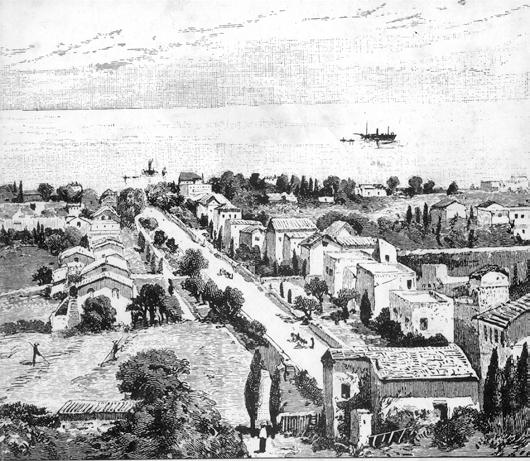
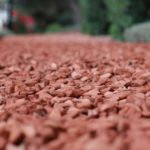
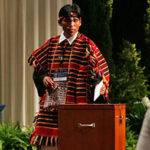
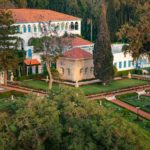
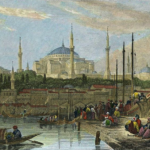
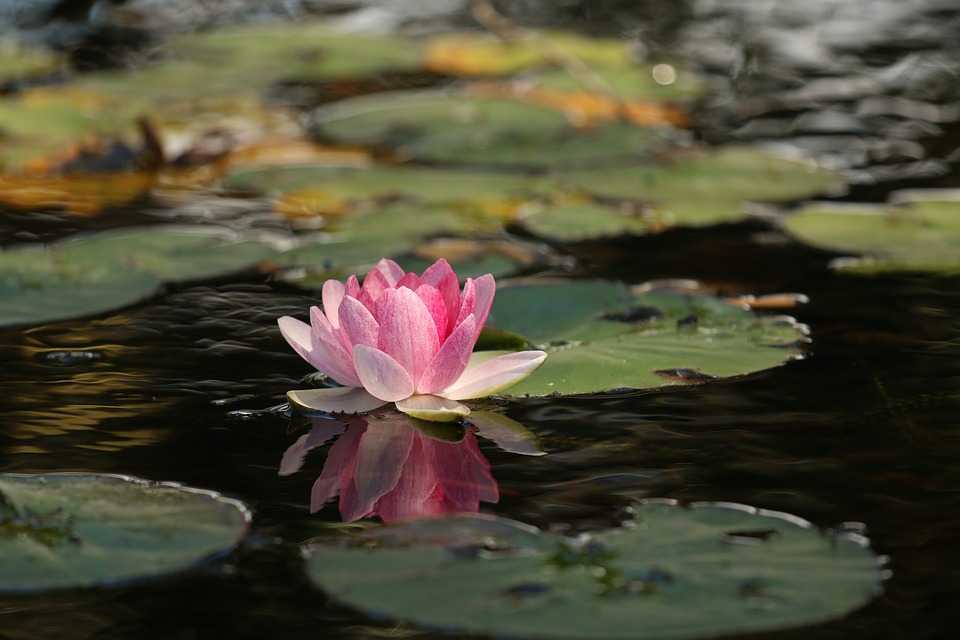
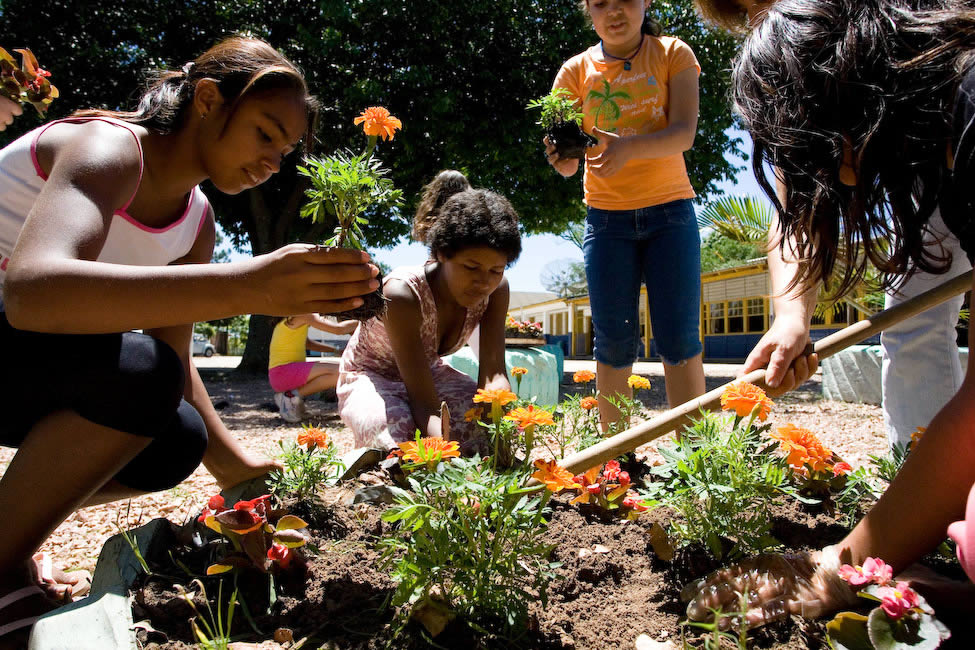
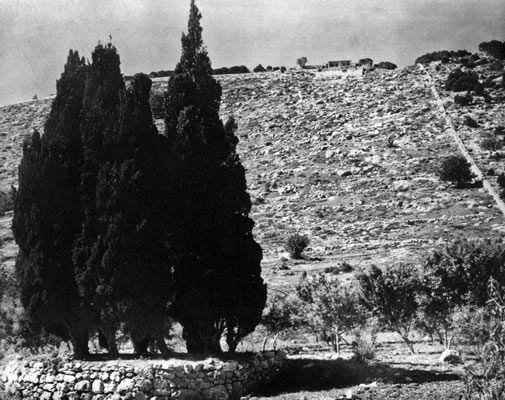
One Comment
Lorraine Spiering
I LOVE these and I am passing them on to seekers. Thank you..